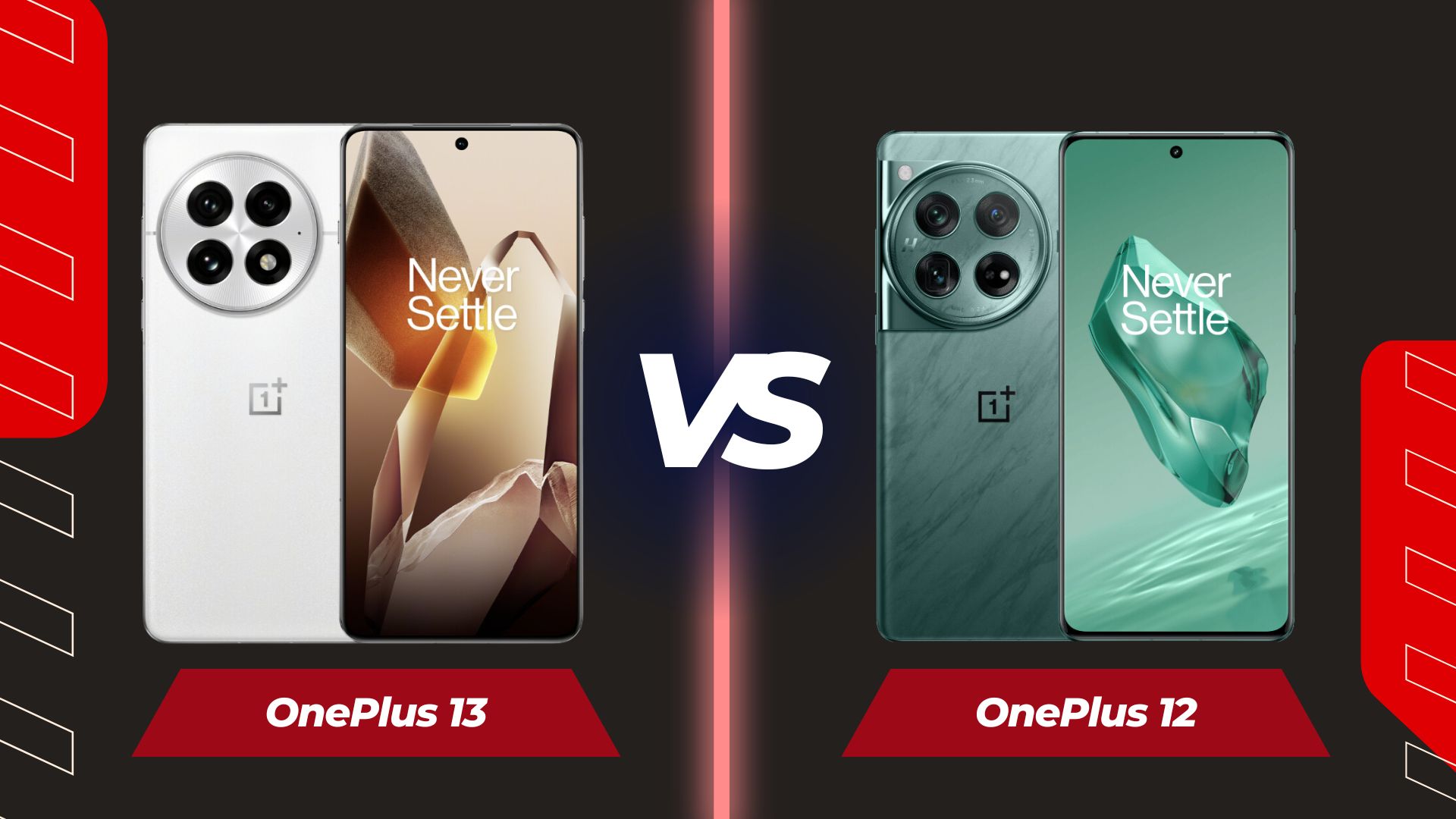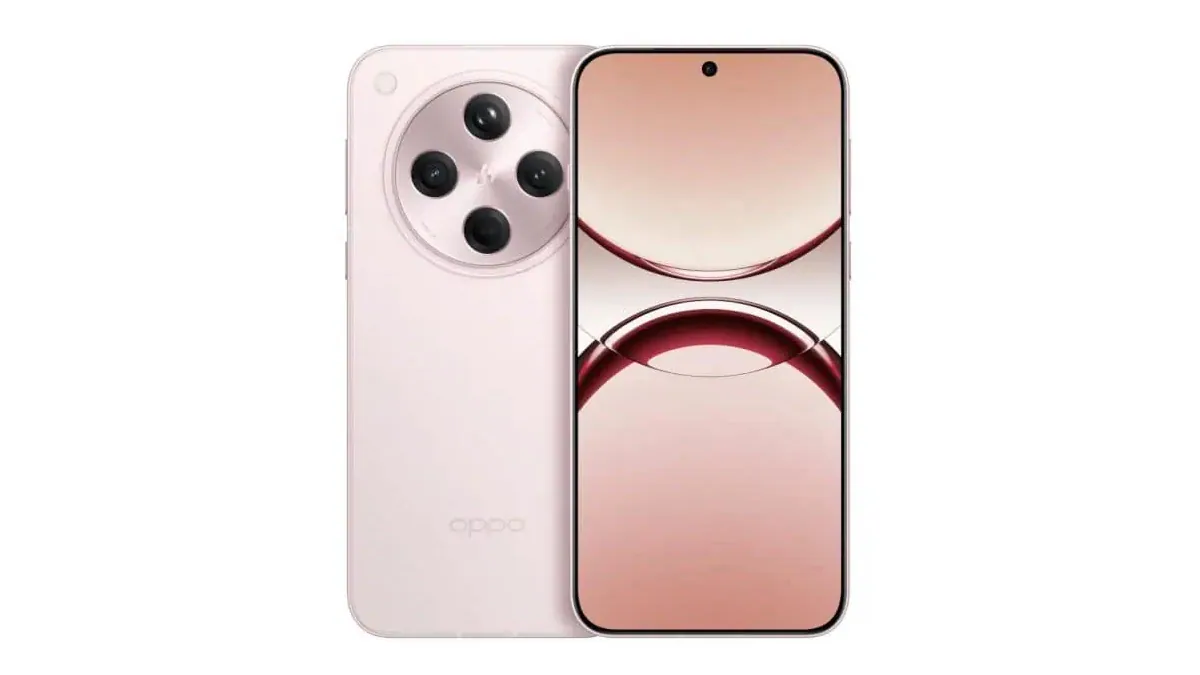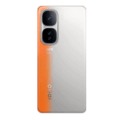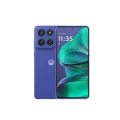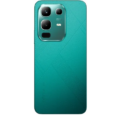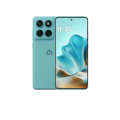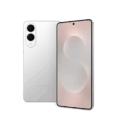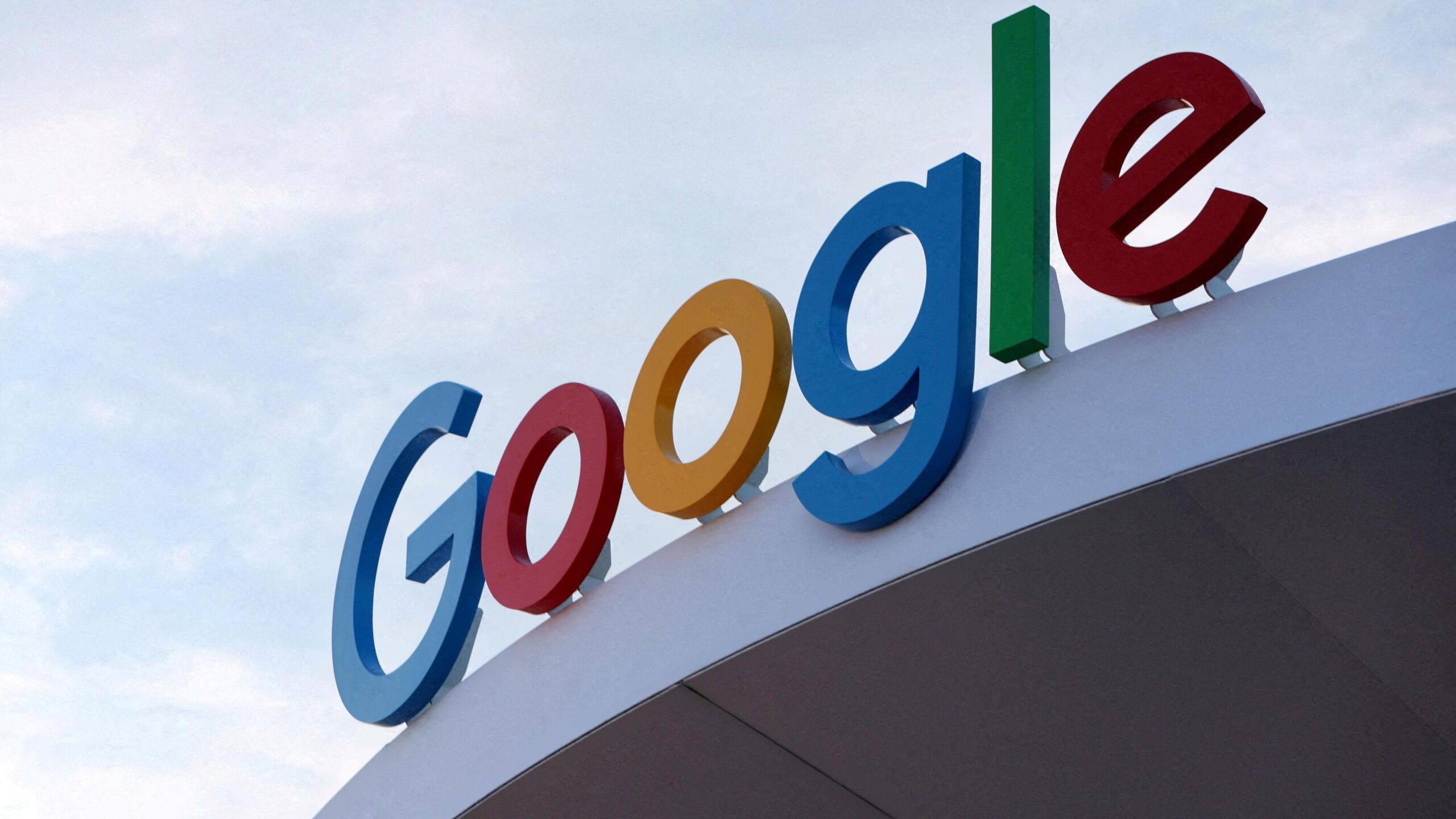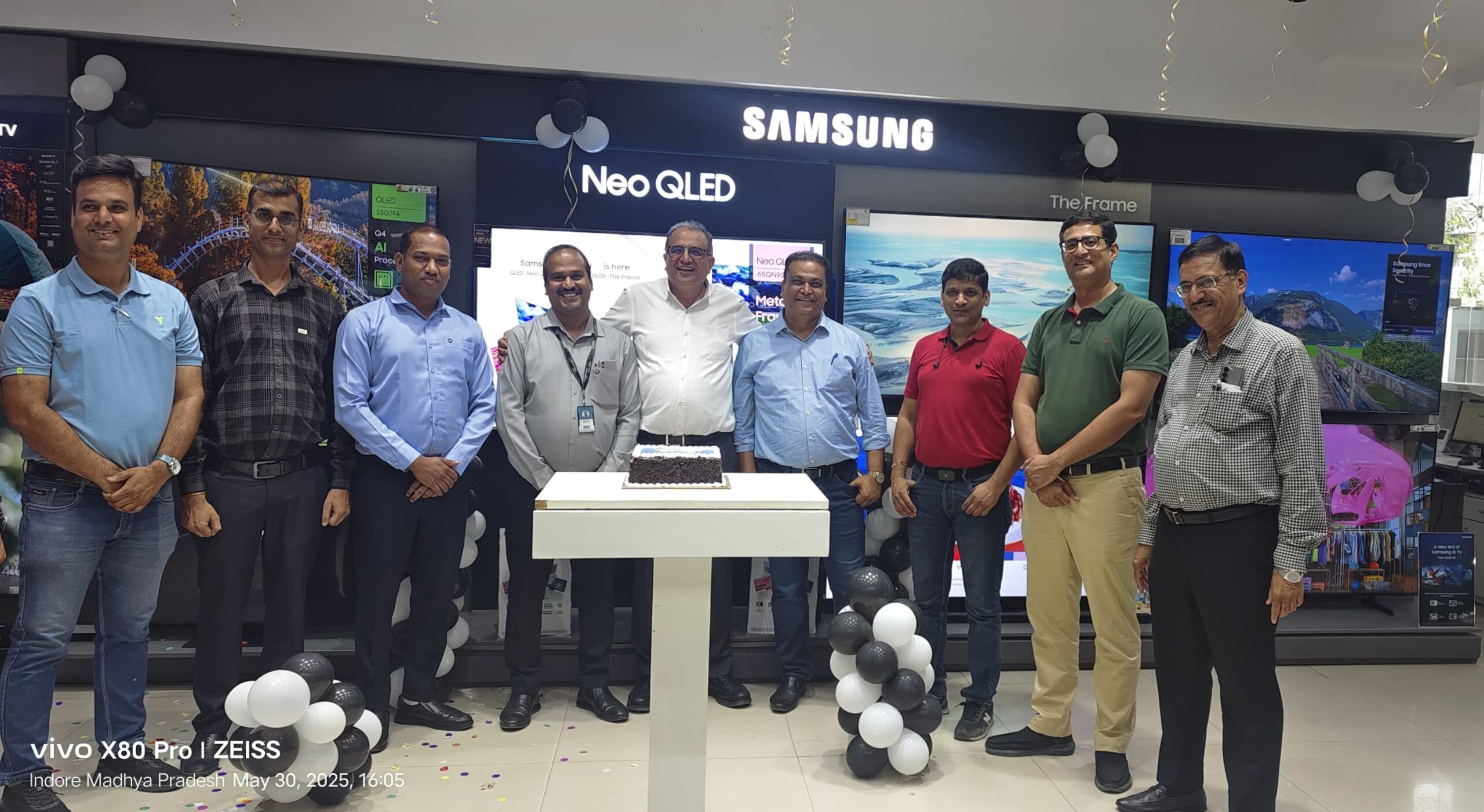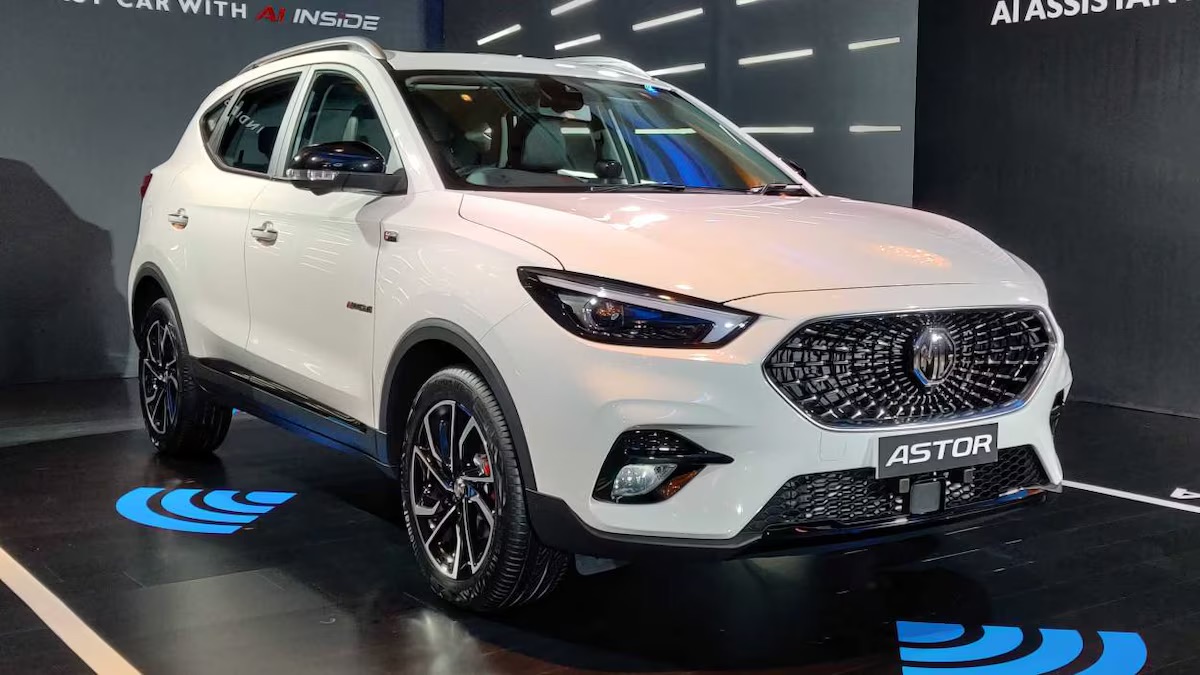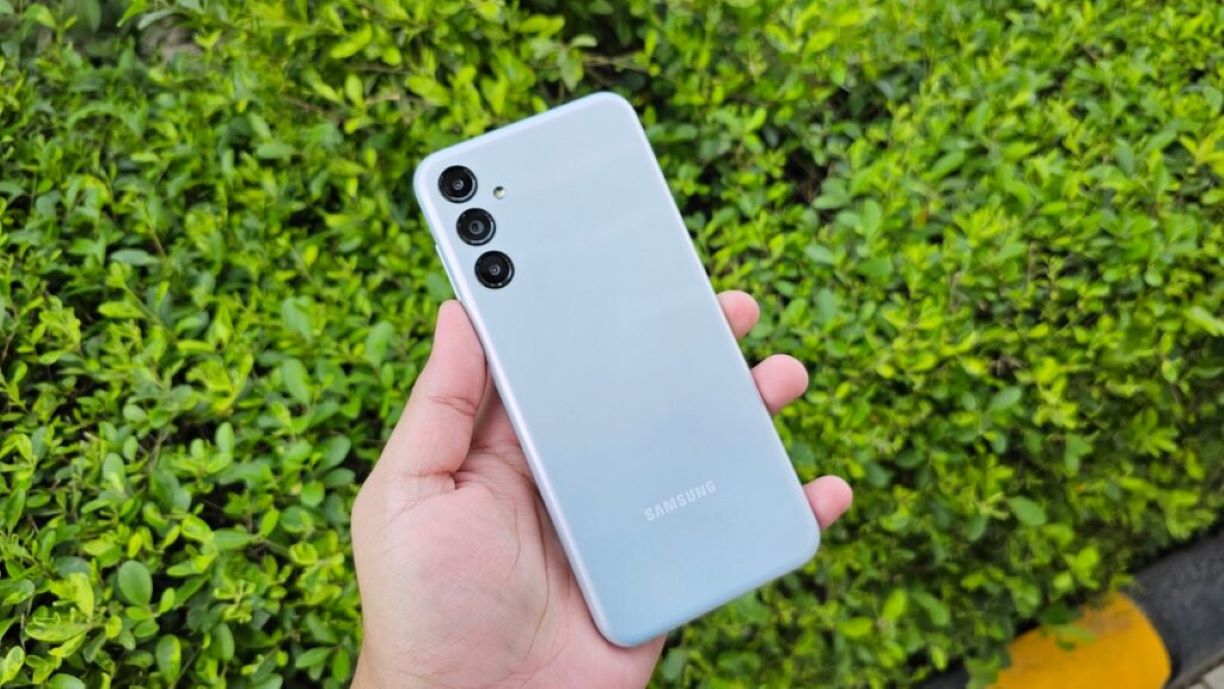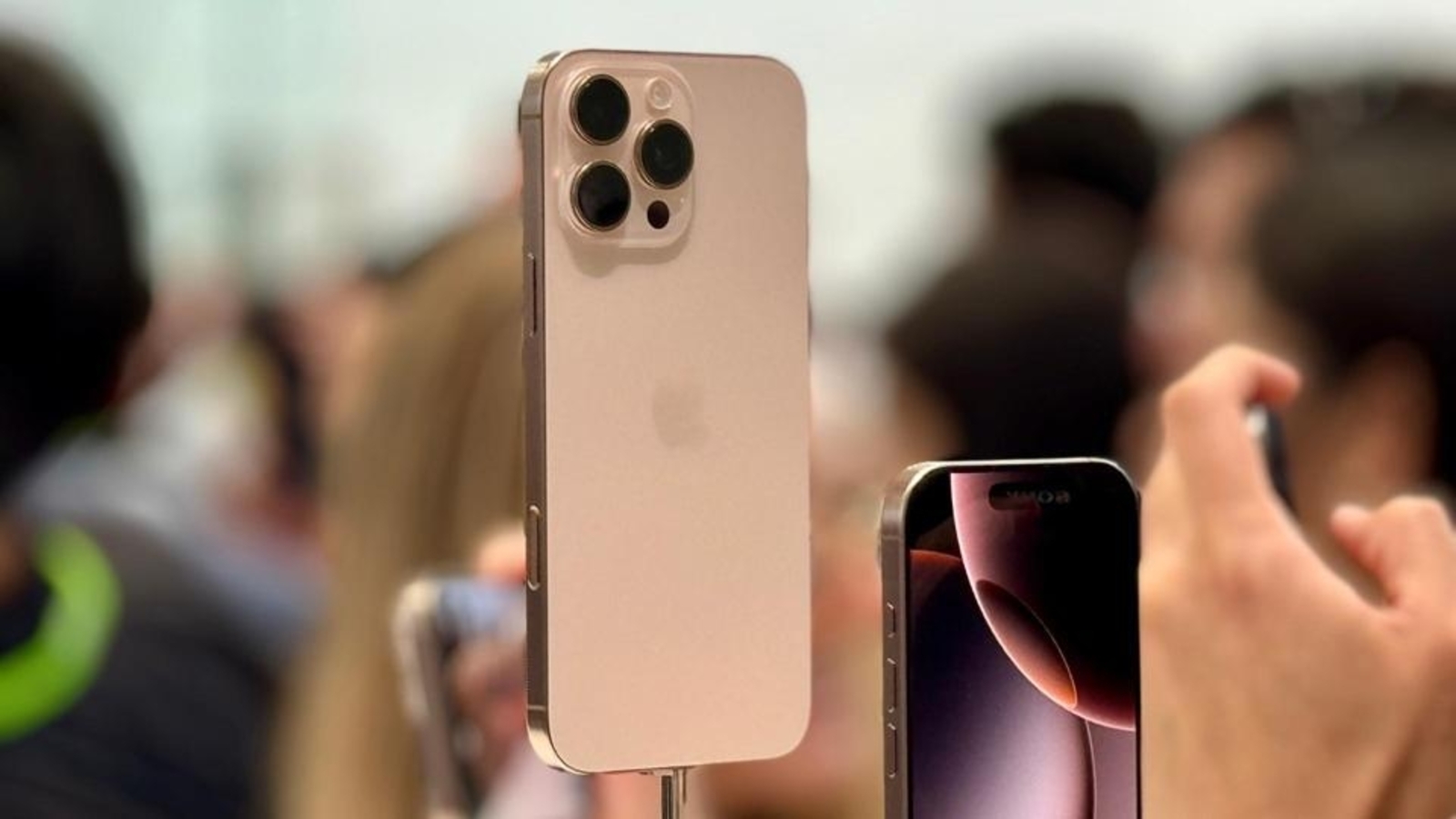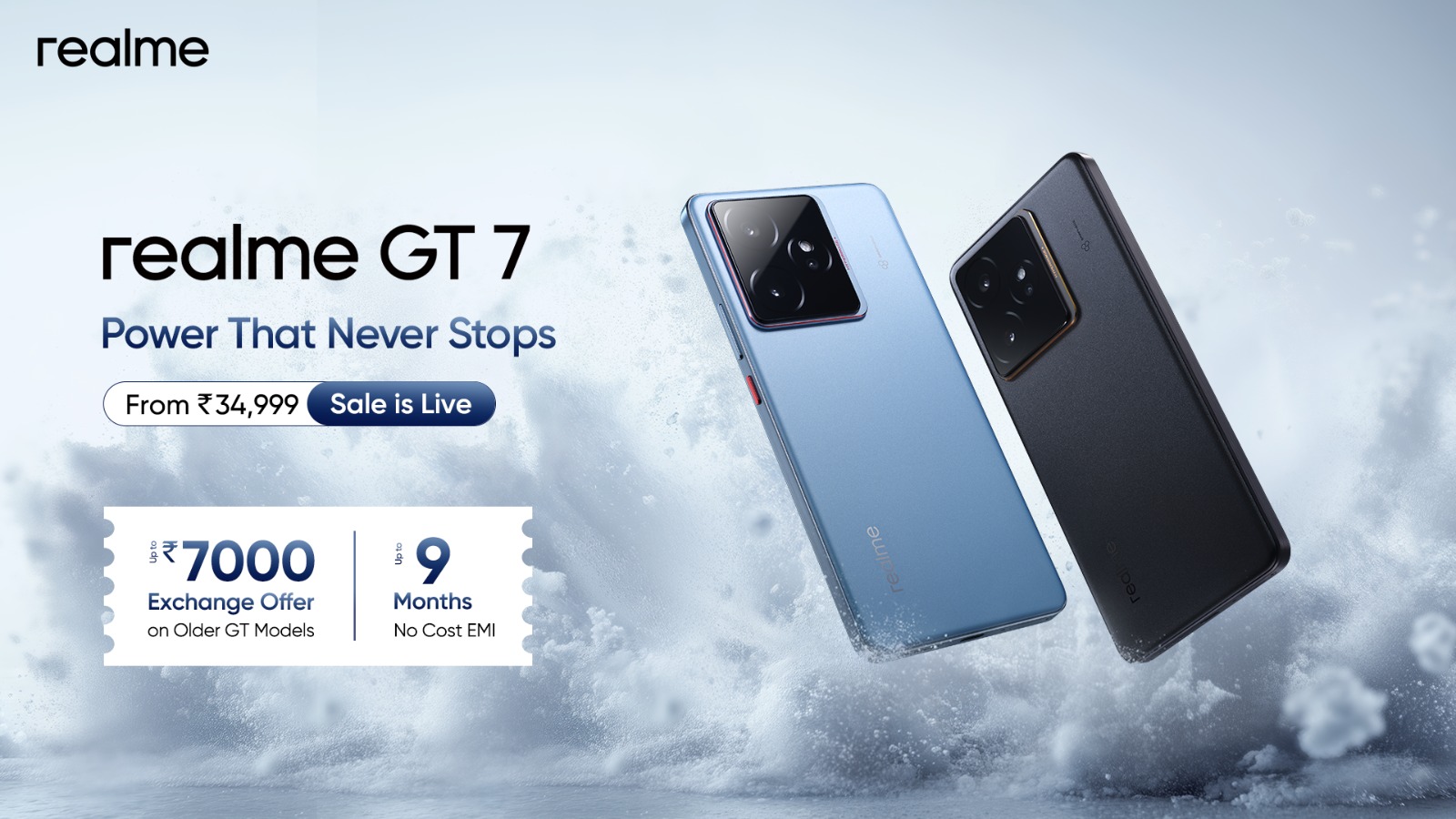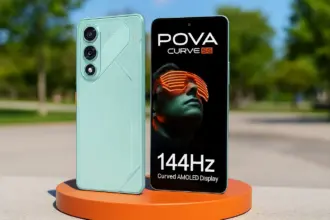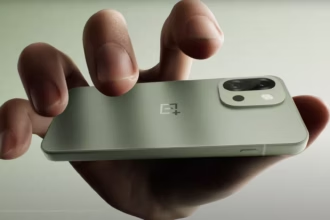Choosing a new smartphone can be a daunting task, especially with so many impressive options available. If you’ve narrowed your search down to the OnePlus 13 and OnePlus 12, you’re already on the right track. Both phones offer top-tier features and cutting-edge technology, but there are some key distinctions that might sway your decision. This detailed comparison will delve into the specifics of each device, helping you determine which one best suits your needs and preferences.
Design and Durability: OnePlus 13 vs OnePlus 12
Both the OnePlus 13 and OnePlus 12 exude a premium aesthetic with their sleek design and high-quality materials. They both feature a glass front and an aluminum frame, providing a sturdy and stylish feel. However, the OnePlus 13 offers more versatility with its back panel options: you can choose between a glass back for a classic look or a silicone polymer back (eco leather) for a more unique and sustainable feel. The OnePlus 12, on the other hand, sticks with a glass back (Gorilla Glass) for a uniform, glossy finish.
When it comes to durability, the OnePlus 13 takes the lead with its IP68/IP69 dust/water resistance rating. This means it can withstand submersion in up to 1.5 meters of water for 30 minutes and is also highly resistant to dust and other particles. The OnePlus 12 offers IP65 protection, which safeguards it against dust and water jets, but it’s not as robust as the OnePlus 13’s rating.
Display: OnePlus 13 vs OnePlus 12
Prepare to be wowed by the stunning displays on both the OnePlus 13 and OnePlus 12. Both phones sport a vibrant 6.82-inch LTPO AMOLED display with 1B colors, capable of producing incredibly rich and accurate colors. The 120Hz refresh rate ensures smooth scrolling and fluid animations, making for a delightful user experience. Whether you’re browsing the web, watching videos, or playing games, you’ll appreciate the responsiveness and clarity of these displays.
Both phones support Dolby Vision and HDR10+, offering an immersive cinematic experience with enhanced contrast and dynamic range. They also share the same sharp resolution of 1440 x 3168 pixels, resulting in a pixel density of ~510 ppi. This translates to crisp text and detailed images, making everything on the screen a pleasure to look at.
In terms of display protection, the OnePlus 13 utilizes Crystal Shield super-ceramic glass, known for its exceptional hardness and scratch resistance. The OnePlus 12 opts for Corning Gorilla Glass Victus 2, another industry-leading solution for safeguarding against drops and scratches. Both options provide a high level of protection, ensuring your display remains pristine.
And for those who prefer to have information readily available at a glance, both phones offer an Always-on display feature. This allows you to see the time, date, notifications, and other essential information without having to wake up the phone.
Software and Performance: OnePlus 13 vs OnePlus 12
The OnePlus 13 comes pre-installed with the latest Android 15, offering a refined user experience with new features and enhancements. It runs on OxygenOS 15 (International) or ColorOS 15 (China), both of which provide a clean and customizable interface. The OnePlus 12, on the other hand, launches with Android 14 and OxygenOS 15 (International) or ColorOS 14 (China), but it has the advantage of receiving up to 4 major Android upgrades, guaranteeing long-term software support.
At the heart of these phones lie powerful processors that deliver exceptional performance. The OnePlus 13 is equipped with the cutting-edge Qualcomm SM8750-AB Snapdragon 8 Elite (3 nm) chipset, while the OnePlus 12 houses the robust Qualcomm SM8650-AB Snapdragon 8 Gen 3 (4 nm) chipset. Both chipsets are designed to handle demanding tasks with ease, whether it’s gaming, multitasking, or running resource-intensive apps.
The OnePlus 13 features an Octa-core CPU configuration (2×4.32 GHz Oryon V2 Phoenix L + 6×3.53 GHz Oryon V2 Phoenix M) and an Adreno 830 GPU, while the OnePlus 12 has an Octa-core CPU (1×3.3 GHz Cortex-X4 & 3×3.2 GHz Cortex-A720 & 2×3.0 GHz Cortex-A720 & 2×2.3 GHz Cortex-A520) and an Adreno 750 GPU. Both combinations ensure smooth performance and impressive graphics rendering capabilities.
To further enhance speed and efficiency, both phones utilize UFS 4.0 storage technology, which offers blazing-fast read and write speeds. This means apps launch quickly, files transfer in a snap, and the overall system responsiveness is snappy.
Memory and Storage Options: OnePlus 13 vs OnePlus 12
Neither the OnePlus 13 nor the OnePlus 12 offer expandable storage via a card slot. However, they provide ample internal storage options to accommodate your apps, photos, videos, and other files. The OnePlus 13 comes in configurations of 256GB 12GB RAM, 512GB 12GB RAM, 512GB 16GB RAM, and 1TB 24GB RAM, catering to a wide range of users. The OnePlus 12 offers similar options with 256GB 12GB RAM, 256GB 16GB RAM, 512GB 16GB RAM, 1TB 16GB RAM, and 1TB 24GB RAM.
Camera Capabilities: OnePlus 13 vs OnePlus 12
Both the OnePlus 13 and OnePlus 12 are equipped with impressive camera systems that capture stunning photos and videos. They both boast a triple rear camera setup that has been co-developed with Hasselblad, a renowned name in the photography world. This collaboration brings Hasselblad Color Calibration to both phones, ensuring accurate and natural-looking colors in your shots.
The OnePlus 13’s camera system comprises a 50 MP main camera (f/1.6, 23mm wide) with a large sensor and optical image stabilization (OIS) for sharp and detailed images even in low light. It also includes a 50 MP periscope telephoto camera (f/2.6, 73mm) with 3x optical zoom, allowing you to capture distant subjects with clarity. The 50 MP ultrawide camera (f/2.0, 15mm, 120˚) expands your field of view, enabling you to capture breathtaking landscapes and group photos.
The OnePlus 12 also features a 50 MP main camera (f/1.6, 23mm wide) with OIS, but its telephoto camera boasts a higher resolution of 64 MP (f/2.6, 70mm) with 3x optical zoom. This allows for even greater detail and clarity when zooming in on subjects. The 48 MP ultrawide camera (f/2.2, 14mm, 114˚) provides a slightly wider field of view compared to the OnePlus 13.
Both phones offer a range of camera features, including Dual-LED flash, HDR, and panorama mode, giving you the tools to capture perfect shots in various situations.
For selfies and video calls, both phones have a 32 MP front-facing camera (f/2.4, 21mm wide) with features like HDR and panorama. This ensures you can capture high-quality self-portraits and enjoy clear video chats.
Audio and Connectivity: OnePlus 13 vs OnePlus 12
Both the OnePlus 13 and OnePlus 12 deliver an immersive audio experience with their stereo speakers, providing rich and balanced sound. They also support 24-bit/192kHz Hi-Res audio, allowing you to enjoy your music with exceptional clarity and detail. However, neither phone includes a 3.5mm headphone jack, so you’ll need to rely on wireless headphones or a USB-C adapter.
In terms of connectivity, both phones offer a comprehensive suite of options. They support the latest Wi-Fi standards, including Wi-Fi 802.11 a/b/g/n/ac/6/7 on the OnePlus 13 and Wi-Fi 802.11 a/b/g/n/ac/6e/7 on the OnePlus 12, ensuring fast and reliable internet connections. They also feature Bluetooth 5.4 for seamless pairing with wireless accessories.
For precise location tracking, both phones support a variety of navigation systems, including GPS, GLONASS, BDS, GALILEO, QZSS, and NavIC. They also have NFC capabilities for contactless payments and data transfer. And for controlling compatible devices, both phones include an infrared port.
Battery Life and Charging: OnePlus 13 vs OnePlus 12
The OnePlus 13 packs a substantial 6000 mAh Si/C battery, providing ample power to get you through a full day of use and beyond. It supports 100W wired charging, allowing you to quickly top up the battery when needed. It also offers 50W wireless charging for a convenient cable-free experience and 10W reverse wireless charging to share power with other compatible devices.
The OnePlus 12 has a slightly smaller 5400 mAh Li-Po battery, but it still offers respectable battery life. It supports 100W wired charging in international markets and 80W wired charging in the USA, ensuring fast charging speeds. It also features 50W wireless charging and 10W reverse wireless charging.
Additional Features: OnePlus 13 vs OnePlus 12
Both phones come with a range of sensors to enhance functionality and user experience. These include an under-display fingerprint sensor for secure authentication, an accelerometer and gyro for motion sensing, a proximity sensor to detect nearby objects, a compass for navigation, and a color spectrum sensor for accurate color reproduction. The OnePlus 13 utilizes an ultrasonic fingerprint sensor, known for its speed and accuracy, while the OnePlus 12 uses an optical fingerprint sensor.
Making the Choice
Ultimately, the decision between the OnePlus 13 and OnePlus 12 comes down to your individual priorities and preferences. The OnePlus 13 offers a more durable build with its higher IP rating, a slightly larger battery, and the latest Snapdragon 8 Elite chipset. The OnePlus 12 boasts a higher resolution telephoto camera, faster wireless charging speeds, and the promise of extended software support with up to 4 major Android upgrades.
Carefully consider the features that matter most to you, such as camera quality, battery life, performance, and software updates. By weighing these factors against your budget and individual needs, you can confidently choose the OnePlus phone that best suits you.

